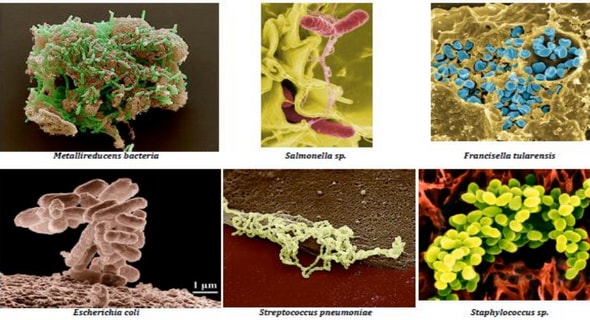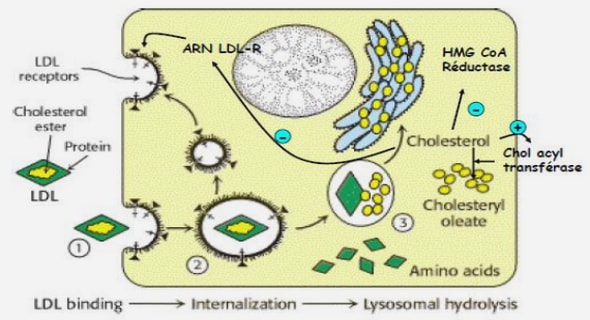An improved HPLC-UV method for the simultaneous quantification of triterpenic
glycosides
Introduction
Centella asiatica (APIACEAE) is an ethnomedicinal herbaceous species, originated from India which grows spontaneously in subtropical regions: China, Malaysia, Australia, America, South Africa and Madagascar. In Madagascar, the plant is largely used by the local population and is the second medicinal species exported [1]. C. asiatica is claimed to have a number of medicinal properties and is used in Ayurvedic medicine for the treatment of leprosy, skin tuberculosis, wound healing, stomach aches, arthritis, varicose veins, high blood pressure and as a memory enhancer [2]. Recently, several studies demonstrated that extracts of the plant possess antioxidant activity [3,4], have antiproliferative effects in tumor cells [5], improve venous wall alterations in chronic venous hypertension and protect the venous endothelium [6]. Asiaticoside, one of its active molecules, is reported to cause changes in gene expression and to induce type I collagen synthesis in human fibroblasts [7–9]. Madecassoside was reported to have an anti-rheumatoid effect and wound healing properties [10,11]. This paper is part of a special issue entitled “Method Validation, Comparison and Transfer”, guest edited by Serge Rudaz and Philippe Hubert. ∗ Corresponding author at: Laboratoire de Pharmacognosie, Unité CHAM, LDRI (Louvain Drug Research Institute), UCL (Université Catholique de Louvain), Av. E. Mounier 72, 1200 Bruxelles, Belgium. E-mail address: mamy.rafamantanana@uclouvain.be (M.H. Rafamantanana). Triterpenoids of C. asiatica (Fig. 1) are components of medicinal drugs and are much used in cosmetic preparations for skin care [12,13]. Collected during all year long, considerable differences of the triterpenoid contents were observed according to geographic regions, phenotype and genotype [14,15], so the assessment of a validated analytical method is necessary. This will also help local population to determine the best cultivating and harvesting conditions. Most studies led on C. asiatica report the quantification of heterosides [16,17], acids [18] or acids and heterosides but with insufficiently validated methods [14,15,19–21]. Several reported methods were based on HPLC differing only in the mobile phase composition or in the detection system. Xingyi et al.[16] proposed a method only dedicated for the quantification of madecassoside and asiaticoside using acetonitrile/water (29/17, v/v) in isocratic mode. Quantification of only madecassoside, asiaticoside and its isomer has been reported by Zhang et al. [17] using ELSD detector. An addition of – cyclodextrin in the mobile phase was used for the quantification of the sole madecassic acid [18]. The existing methods for the simultaneous quantification of madecassoside, asiaticoside, madecassic acid and asiatic acid used either acetonitrile/water [19], acetonitrile/water with TFA 0.1% [20] or acetonitrile/water each containing 0.05% of H3PO4 as mobile phase [21], together with detection at 205 nm. Most methods did not give good resolution or were not suitable for LC–MS and all were insufficiently validated [19–21]. The monography of the European Pharmacopeia [22] quantifies total triterpenoids (Fig. 2a) but our attempts to reproduce the separation did not allow us to quantify precisely these compounds. Only the peak corresponding to madecassoside was clearly identified, asiaticoside and the two aglycones eluted during the washing part of the gradient and were not distinguished (Fig. 2b). This was also observed by the European Pharmacopeia expert group in which the monography is under revision. The main objective of this work is thus to improve the existing methods based on HPLC-UV and validate it for the simultaneous quantitation of madecassoside, asiaticoside and their aglycones, madecassic and asiatic acids in C. asiatica
Experimental
Chemicals and plant material
Asiaticoside (99.2%, HPLC), madecassoside (97.94%, HPLC), asiatic acid (99%, HPLC) and madecassic acid (95%, HPLC) were purchased from Extrasynthese (Genay, France). Acetonitrile and methanol HPLC grade were from Prolabo, VWR (Leuven, Belgium). Fresh leaves of C. asiatica (L.) Urban were collected in December 2007 and January 2008 at the East and High Plateau regions of Madagascar. Leaves were separated from stems, dried at 40 ◦C, powdered and sifted with a sieve of 355 m meshes [22]. The powdered leaves were stored at ambient temperature in obscurity and in a dry area. One gram dried powdered leaves [22] were extracted by Soxhlet for 8 h with 100 ml of methanol. The extracts were evaporated to dryness under reduced pressure. The dried crude extract was dissolved in 10 ml of methanol, filtered through a 0.45 filter (Whatman, New Jersey, USA). 2.2. Apparatus The HPLC Waters 2690 separation module (Waters, Milford, MA, USA) used consisted of a pump, an autoinjector, a UV spectrophotometric detector Kromaton (Angers, France), all controlled by Borwin software (Borwin, Rostock, Germany). For the determination of mass spectra, a LCQ Advantage Thermo Finnigan (Waltham, MA, USA) was used piloted by X-Calibur software. Table 1 Gradient conditions for HPLC. Time (Min) Pump A, water (%) Pump B, acetonitrile (%) 0 80 20 15 65 35 30 35 65 35 20 80 40 20 80 45 80 20 55 80 20 Chromatographic separation was performed with a reversed phase RP-18 LiChroCART® column (250 mm × 4 mm I.D.; particle size: 5 m). Mobile phase was a gradient of acetonitrile/water (Table 1), a flow rate of 1 ml/min and detection at 206 nm.
Standards solutions
Stock solutions of asiaticoside and asiatic acid were prepared in methanol at 5.0 and 2.5 mg/ml, respectively, and stored at 0 ◦C. Dilution was done for each experiment. Three concentrations (m = 3) of asiaticoside (0.5, 2.5 and 5.0 mg/ml) and of asiatic acid (0.25, 1.0 and 2.5 mg/ml) were used. Each concentration was analyzed two times (n = 2) for 3 days (k = 3). The extract solution was diluted with methanol (1:5, v/v) for the preparation of the validation standards and spiked with three known concentrations of a stock mixture of asiaticoside and asiatic acid. Each validation standard was analysed three times (n = 3) for 3 days (k = 3).
Evaluation of the extraction
The extraction kinetic was established by evaluating the peak area (HPLC analysis) of each compound after 4, 6, 8 and 10 h (n = 3). The most appropriate Soxhlet extraction time was determined using these data.
Validation of the method
All the reference compounds are commercially available but asiaticoside and asiatic acid were selected to achieve the validation of the method and to quantify madecassoside and madecassic acid, respectively, because we observed identical response factors for the two osides and the two aglycones in HPLC-UV (Table 2). Consequently, choosing only two references reduces the cost of the analysis. As C. asiatica is a biological matrix, relatively large acceptance limits are prescribed [23]. Validation of the method was done for 3 days by testing the following criteria: response function, linearity, trueness, precision (repeatability and intermediate precision), accuracy, limits of detection (LOD) and quantification (LOQ), and quantification range. Statistical analyses of data were done using the e-noval V2.0 (Arlenda-Liège) software.

